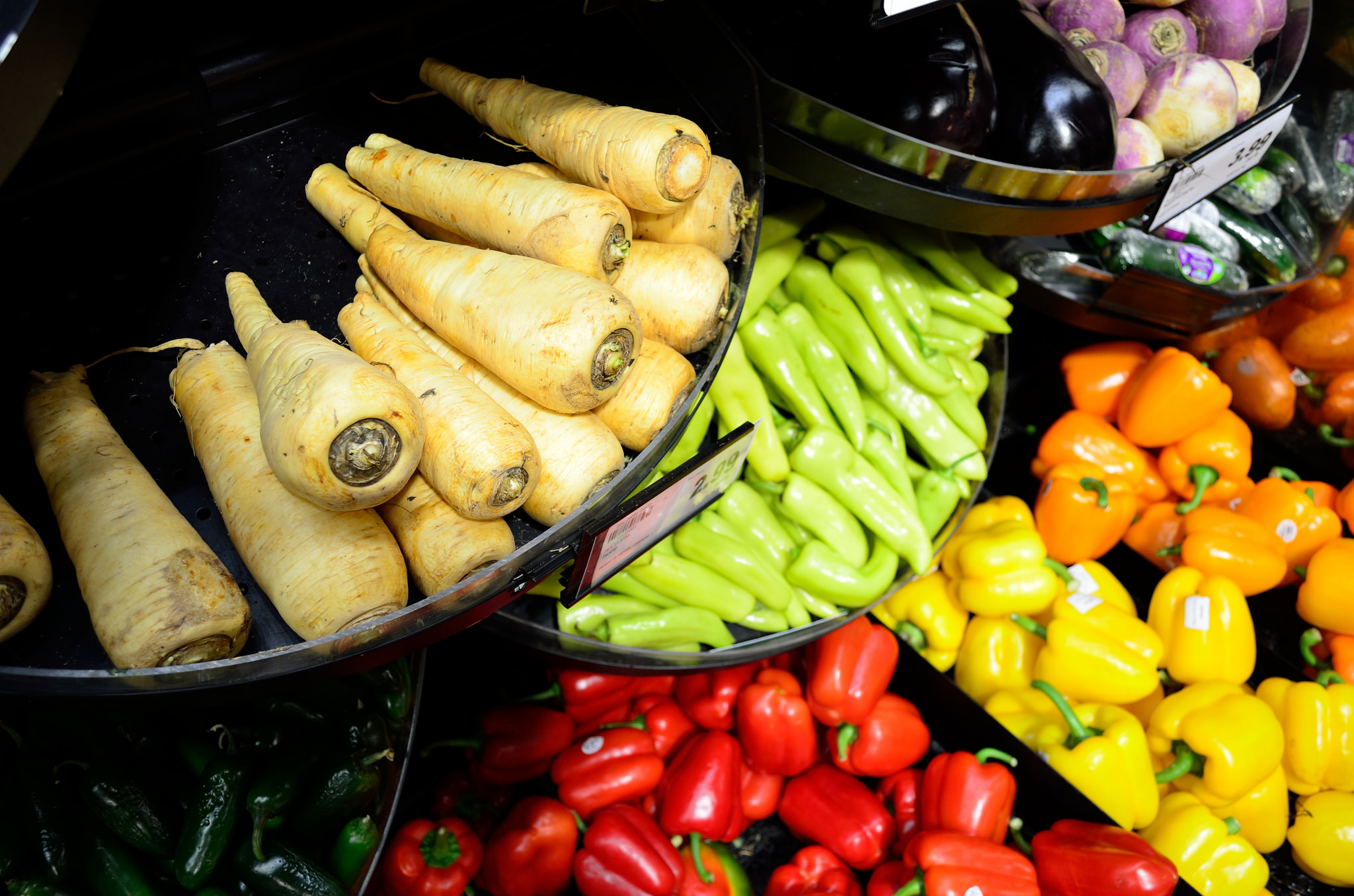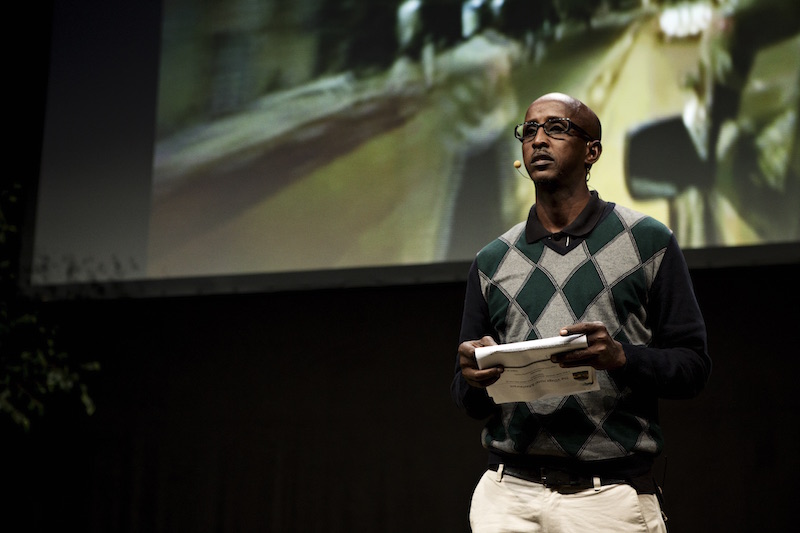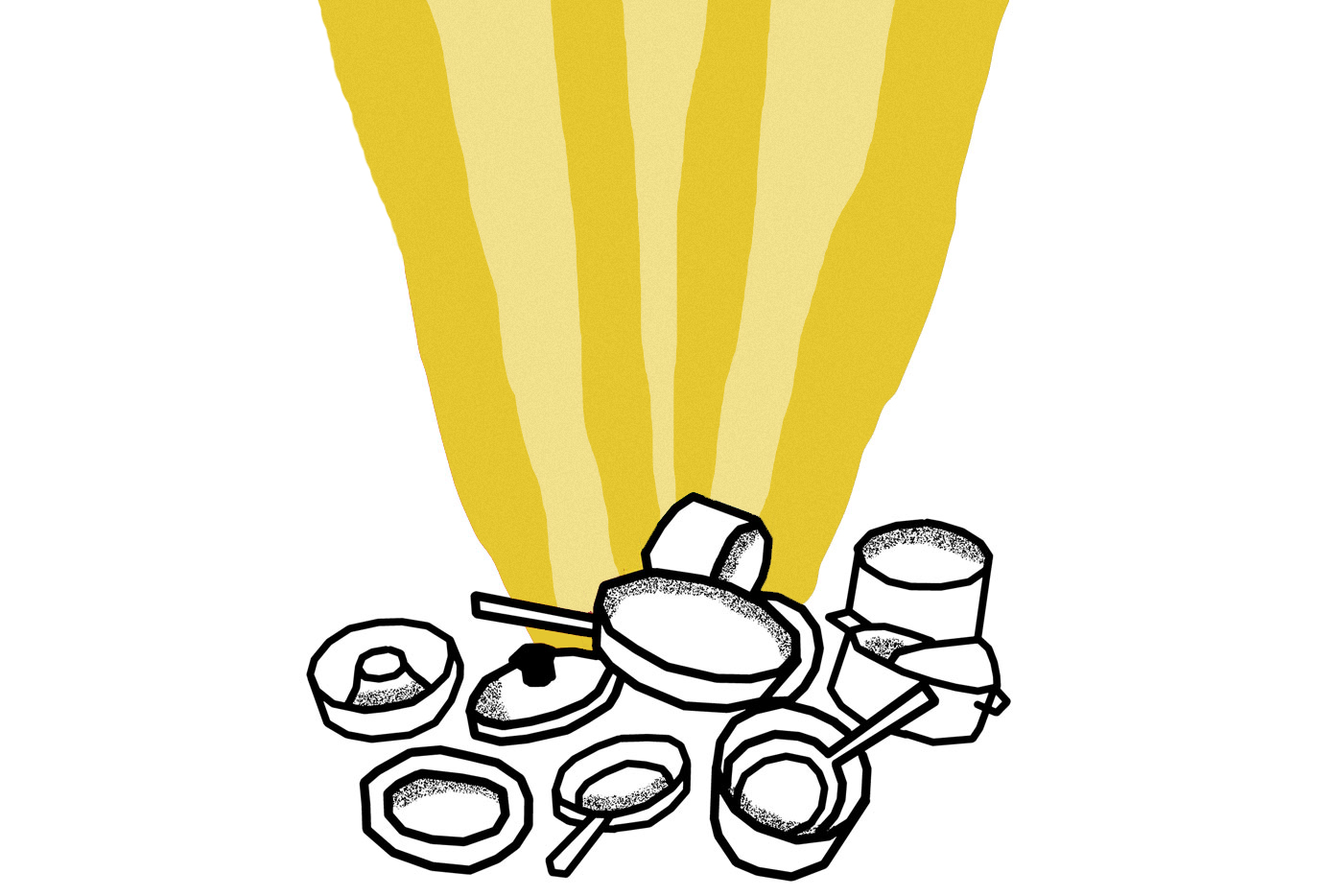The Human Gut
In 2013, Lucky Peach helped organize our MAD symposium under the theme of “GUTS”. The topics discussed during that two-day event—and later published in a Lucky Peach booklet called GUTS are still as relevant as ever. Every Wednesday until the GUTS run out, we’ll be publishing a feature from the collection. This week, its Heribert Watzke on The Human Gut.
THE HUMAN GUT IS NINE METERS LONG
The gut has a surface of 4,500 square meters (flattened to molecular level), and is comprised of the esophagus, stomach, small intestine, colon, liver, gall bladder, and pancreas. Its approximately 70 billion epithelial cells are replaced daily. It secretes nine liters of water daily, and recovers it with ingested water. It precisely controls the transport of food, like a robotic conveyor tube. Even empty, the gut constantly produces wave-like movements along its length (the “undulating gut”).
THE HUMAN GUT IS HOME TO AN AUTONOMOUS BRAIN
The human gut is home to an autonomous brain containing around 500 million neurons of twenty different types. Its job is to sense chemical and mechanical changes, control muscle movements, regulate the secretion of enzymes and hormones, and communicate with gut microbes and the big brain via neurotransmitters and hormones. The gut brain is connected to our limbic system, which represents our emotional brain. It gives us butterflies in our stomach when we are in anguish.
OUR GUT BRAIN IS THE OLDER SISTER OF OUR BIG BRAIN
It binds us to all the other animals, down to the very small polyps of corals, which have nervous systems around their digestive tracts. The gut brain operates in independent microcircuits, sensing foods and invaders, controlling the movements of the bowels. In a constant crosstalk with our big brain, it signals hunger and satiation. If you have an empty stomach, your gut generates a hormone that says, “I’m hungry.” If you have a full stomach, it tells the boss to stop eating by producing various hormonal signals. Everything we are eating must be analyzed by this brain, and then the right reactions and manipulations have to be chosen from a set of different programs.
THE GUT BRAIN HAS ITS OWN LANGUAGE
The gut prepares its actions according to the signals it receives from our senses via the big brain. When we taste sweet food, for example, the gut activates insulin secretion from the pancreas. Along its cell surface, the gut contains a lot more of the same taste receptors as our tongue. It controls the digestive process by reacting to food structures and through their structural transformation. Another example is milk, which curdles in the stomach and trains the gut to sense and react to mechanical stress, and to separately digest the different components. However, when we create foamy and smooth foods to mimic the delight of milk and creaminess, the gut receives only a thin liquid that is quickly broken down and overwhelms the gut with rich nutrients.
THE GUT IS WHERE HEALTH STARTS
It is the entrance door to our body, to our metabolism. The feedback from our gut brain manifests mainly as negative sensations. If we’ve screwed up our cooking or we eat too much, we get bloated or we feel abdominal pain. Sixty percent of our immune system is concentrated in the gut. The gut simultaneously protects us against toxins, allergens, and invaders. It manages tens of trillions of bacteria in our colon, maintaining one of the most complex ecosystems on this planet.
THE GUT BRAIN IS THE NEXT FRONTIER IN GASTRONOMY
We have to go further than seeing our guts just as plumbing. It is time to give the gut brain a voice in the dialogue between culinary indulgence and health. We do not yet know enough about how to cook and produce foods that “communicate” more directly with the gut and its brain. But I believe strongly that, for example, fermentation of foodstuff will open new approaches by combining our search for new and exciting tastes with the food structures that support the gut in its natural ways. I am very much convinced that chefs—through their creativity, design, and passion—can drive this scientific discovery and understanding. I am ready to continue the discussion together with interested chefs who have the guts to talk to the guts. This is the future: food that nourishes and considers the pleasure of our whole bodies and selves.
Dr. Heribert Watzke established the research field of food material science as the Assistant Vice President of the Nestlé Research Center in Lausanne, Switzerland. He recently retired from this post to set up his own consultancy, Heri’s Lab Consulting.




